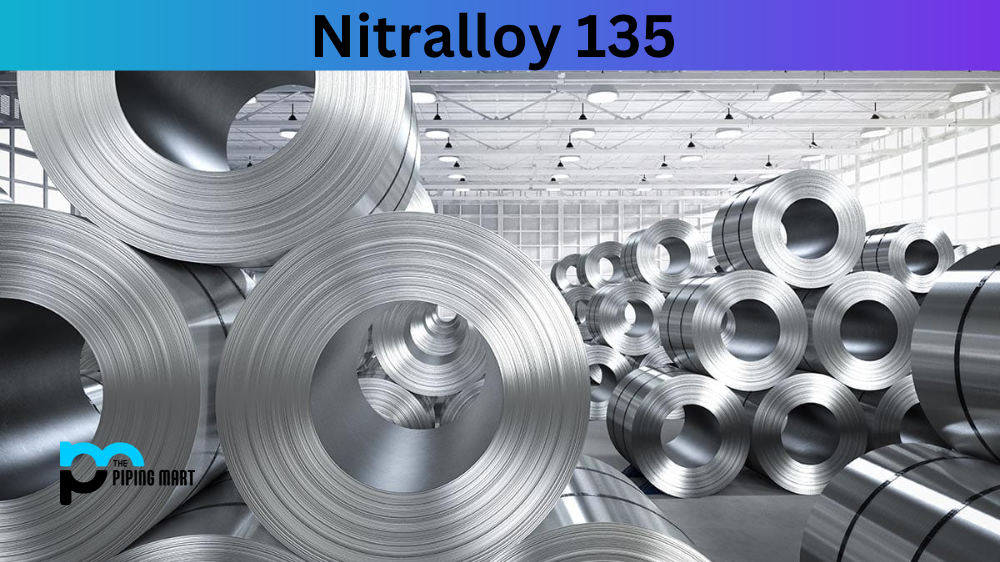UNS S40977 is a versatile and cost-effective material for many applications. It has a higher strength-to-weight ratio than conventional steel and is highly resistant to corrosion and heat. Let’s explore the composition, chemical and physical properties, uses, corrosion resistance, heat resistance, heat treatment, machining, and welding of this alloy steel grade.
3cr12 Steel Composition
Alloy Steel Grade 3CR contains 0.3% carbon (which increases strength), 1.5% chromium (which increases hardenability), and 0.5% molybdenum (which improves corrosion resistance). It also contains small amounts of manganese, silicon, sulfur, and phosphorus.
| Grade | C | Mn | Si | P | S | Cr | Mo | Ni | N | |
|---|---|---|---|---|---|---|---|---|---|---|
| 1.4003 | min. | – | – | – | – | – | 10.50 | – | 0.30 | – |
| S40977 | max. | 0.030 | 1.50 | 1.00 | 0.040 | 0.015 | 12.50 | – | 1.00 | 0.030 |
| S41003 | min. max. |
– 0.03 |
– 1.50 |
– 1.00 |
– 0.040 |
– 0.030 |
10.5 12.5 |
– – |
– 1.50 |
– 0.030 |
3cr12 Steel Chemical Properties
This grade of alloy steel has an excellent cold-forming properties due to its low carbon content. It also has good machinability, ductility and formability characteristics compared to other grades of alloy steel. In addition, it has a high wear resistance due to its high chromium content and good fatigue resistance due to its molybdenum content.
3cr12 Steel Mechanical Properties
| Grade | Tensile Strength (MPa) min | Yield Strength 0.2% Proof Stress (MPa) min | Elongation (% in 50mm) min | Hardness | |
|---|---|---|---|---|---|
| Rockwell (HR) max | Brinell (HB) max | ||||
| 1.4003 | 450 650 |
280 (long.) 320 (trans.) |
20 | – | – |
| S40977 | 455 | 280 | 18 | HR B88 | 180 |
| S41003 | 455 | 275 | 18 | HR C20 | 223 |
3cr12 Steel Physical Properties
UNS S40977 is known for its excellent strength-to-weight ratio compared to conventional steel grades. It also has exceptional hardness at elevated temperatures as well as excellent impact toughness thanks to its core composition of carbon and chromium-molybdenum alloys. This alloy steel grade can also be tempered or hardened for increased hardness or toughness over time with proper heat treatments such as annealing or quenching/tempering processes.
3cr12 Steel Uses
This grade of alloy steel is often used in structural components such as automotive parts or large equipment components due to its high strength-to-weight ratio and superior wear resistance properties at elevated temperatures. In addition, it can be used in tools such as drill bits or cutting tools that require great wear resistance at elevated temperatures or in corrosive environments such as those found in offshore oil rigs or other industrial sites where corrosion protection is important.
Corrosion Resistance
Alloy Steel Grade 3CR is highly resistant to both uniform corrosion (caused by exposure to water vapour) as well as pitting corrosion (caused by exposure to acidic substances). The chromium content improves the overall corrosion protection offered by the alloy, while the molybdenum improves the pitting corrosion protection offered by the grade.
Heat Resistance
This grade of alloy steel offers a higher melting point than regular steels due to its greater concentration of elements like chromium which improve the melting point of the metal when exposed to high temperatures.
Heat Treatment
In order for this type of metal to reach optimal performance levels, it must be treated with either an annealing process which involves heating then cooling slowly over time or a quenching tempering process which involves heating then cooling quickly over time.
Machining
Due to its low carbon content Alloy Steel Grade 3CR can be machined easily without fear of cracking due to excessive heat build up during machining operations.
Welding
This type of metal can be welded using either gas tungsten arc welding(GTAW)or shielded metal arc welding(SMAW)methods, with special attention paid towards preheating before welding in order reduce chances cracking during cooling.
Conclusion
Alloy Steel Grade 3CR is an ideal choice for applications requiring superior strength at elevated temperatures or aggressive environments where corrosion protection is needed most. Its lightweight yet strong composition make it ideal for structural components, while its exceptional wear resistance properties make it ideal for tools. Finally, properly treated with annealing/quenching processes, this grade provides unparalleled performance characteristics making it one best alloys available today.
Meet Heer, a dynamic and driven writer learning tricks of her trade in the metal industry. With a background in Digital Marketing, Heer brings a unique perspective to her writing, sharing valuable insights. Apart from blogging she like reading and hiking.




